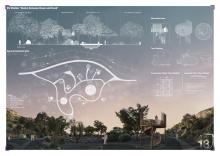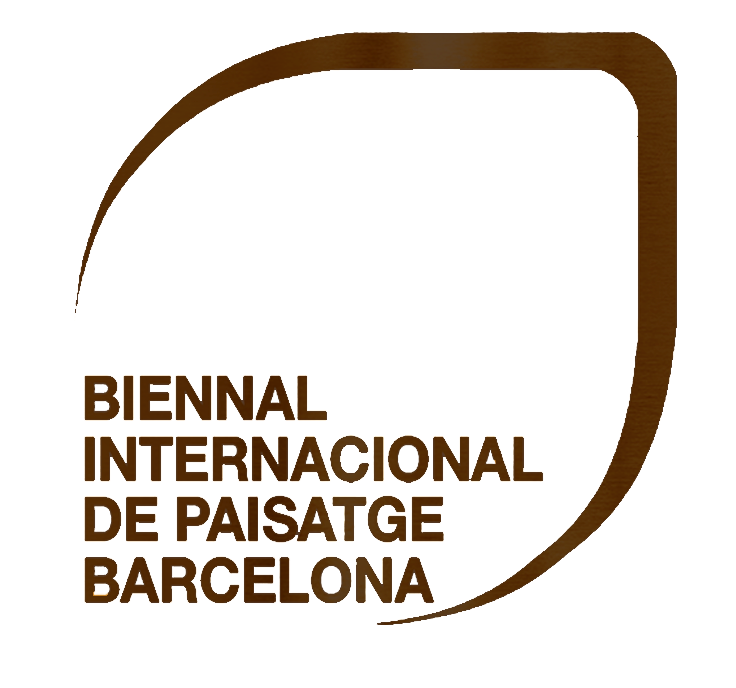

The pressure from informal activities —such as illegal dumping and forest fires— combined with the lack of control over recreational public use and issues like soil erosion and water scarcity, is rapidly degrading the landscape and biodiversity of a place of extraordinary richness in Central Chile: the Cajón del Río Colina (the Colina River Canyon). This area is now facing accelerated ecological deterioration that threatens its valuable natural heritage.
Among rocks, streams, shrubs, and groves, the Cajón del Río Colina reveals a symphony of textures, sounds, and colors that invite a reconnection with the authentic and essential character of Chile’s sclerophyll river landscapes.
The project proposes a multiscalar Master Plan, conceived as a sensitive fabric that harmonizes public use with landscape conservation along a 16-kilometer route averaging 350 meters in width. It is organized across hierarchical levels —from the territorial to the local scale— interweaving biodiversity and recreation through a system of enabling structures that respectfully adapt to the landforms and its rhythms.
Each structure is defined based on landscape values, perceptual components, and ecological criteria, while considering legal restrictions and safety during river flooding events. Through this approach, the Cajón del Río Colina is consolidated as a territory where people can reconnect with the landscape while safeguarding its species and ecological processes.
Conservation becomes a collective strategy —one that strengthens both the environment and society’s commitment to natural heritage— ceasing to be an isolated act and instead becoming a shared responsibility embedded in daily experience.








